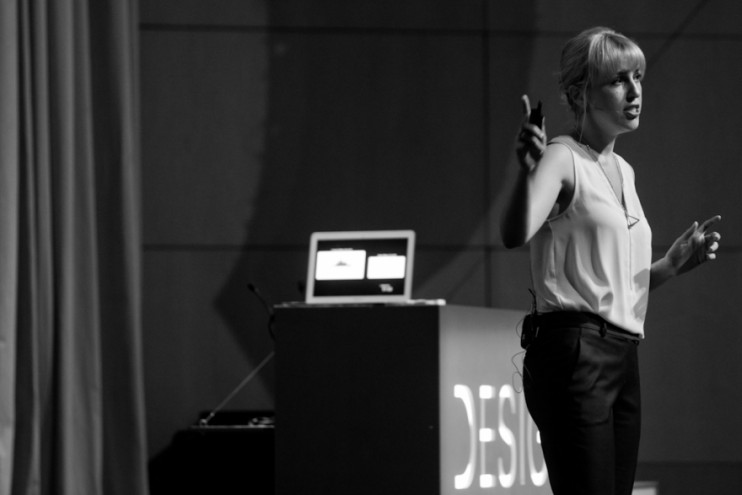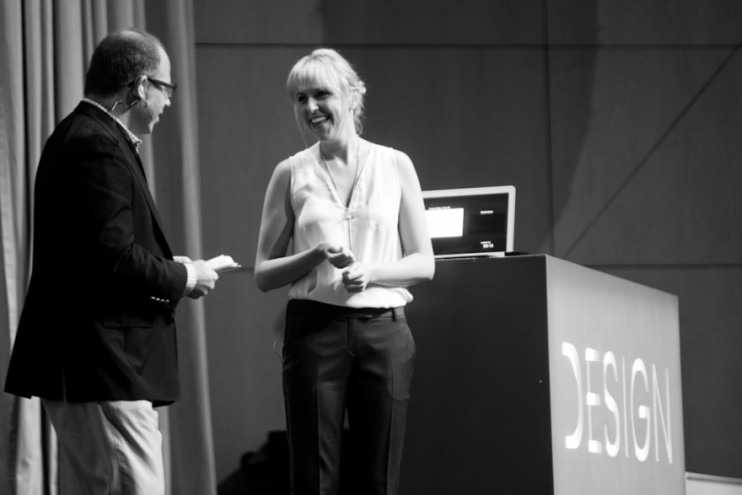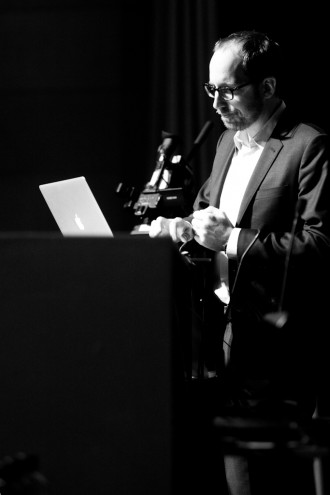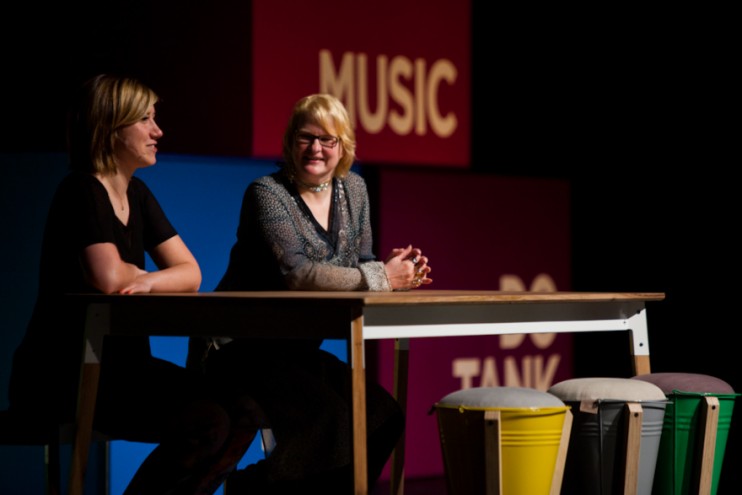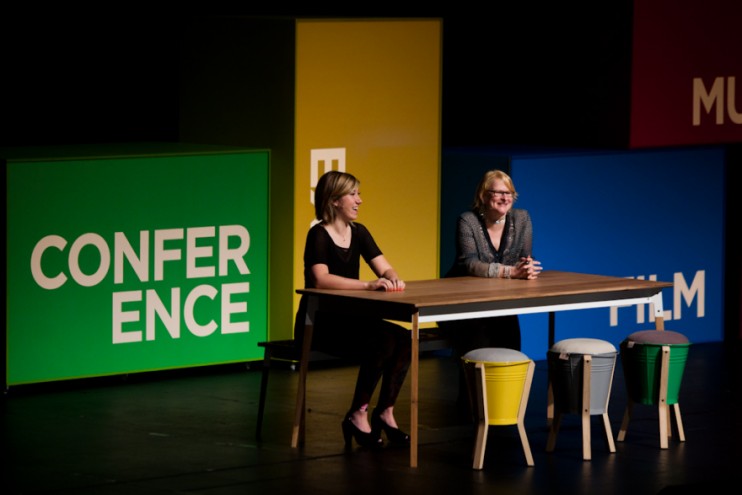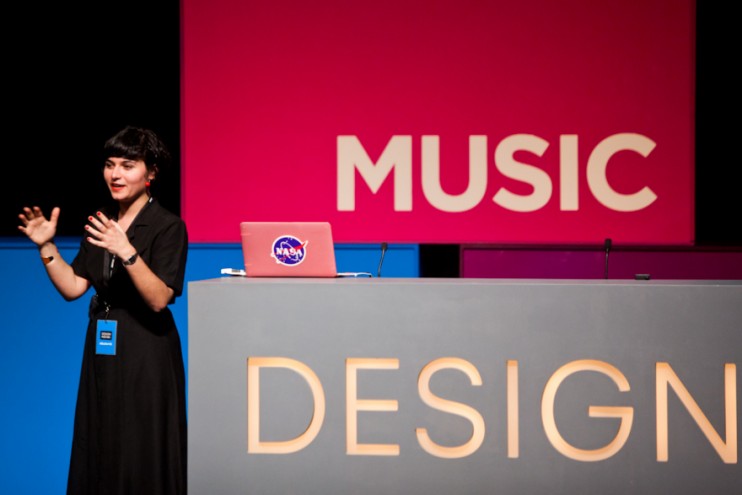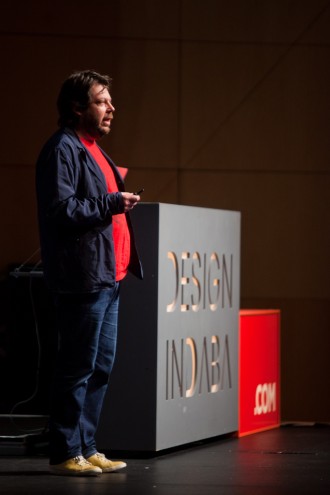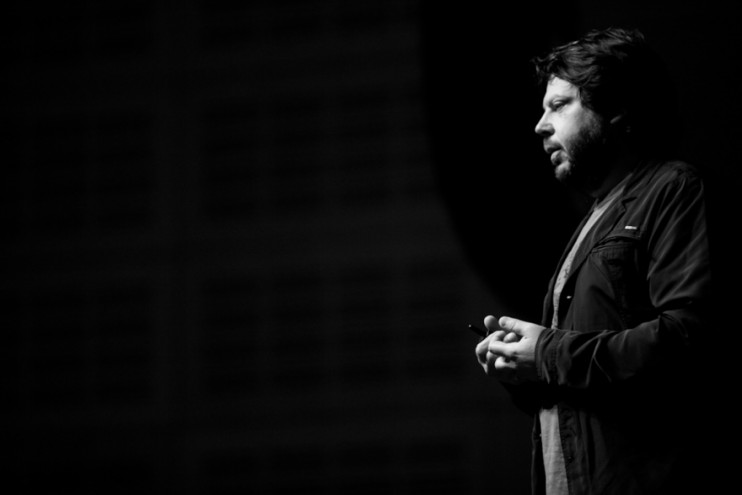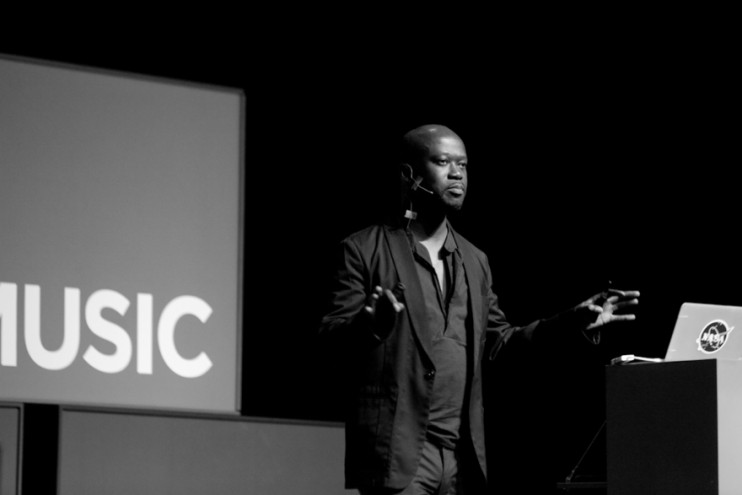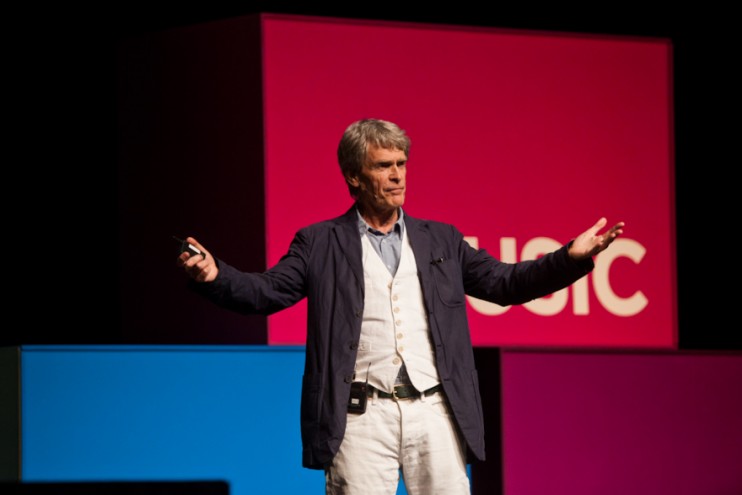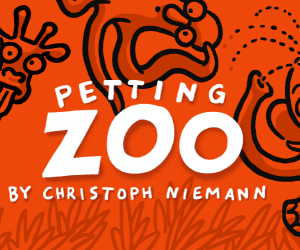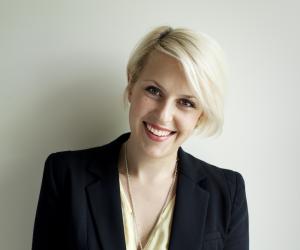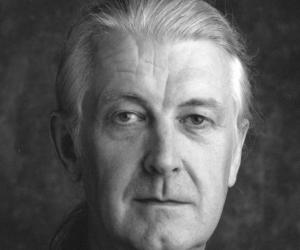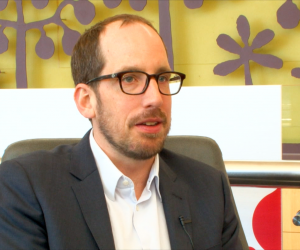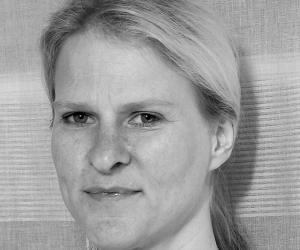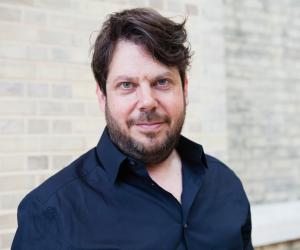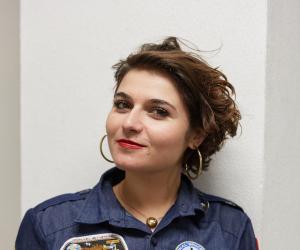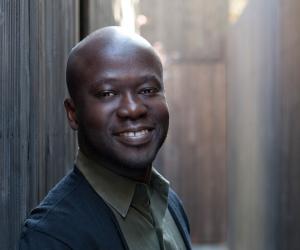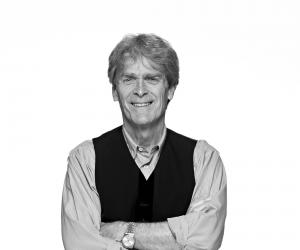Part of the Project
The final day of Design Indaba Conference was not without its surprises, with a last-minute change of programme. Due to a family tragedy Spoek Mathambo could not make it to Cape Town and so his closing presentation and performance was cancelled. But luckily Design Indaba was prepared and has, for the last five years, had a super-sub ready to step in, in case of an emergency like this. This was the first time a super-sub has been called on, but – as the Twittersphere pointed out – "Nothing happens by chance!" as for many in the audience Spoek’s replacement Daniel Charny was a programme highlight. We also had a surprise appearance by Nelly Ben Hayoun. Here is our roundup for the day:
Alexandra Daisy Ginsberg
The first speaker of the day, Alexandra Daisy Ginsberg, is an artist, designer and writer. The work she does is in the realms of synthetic biology, investigating possible futures for design within developing technologies. This young British designer of South African decent talked about using design to shape the future. “Biology,” she said, “is becoming a new ingredient for design.” “By acknowledging the connection between ourselves and our things,” she posed, “could we actually design better?” Investigating design as a tool “to make things better”, Ginsberg says we need to ask, “What is better? Cheaper? More sustainable? High-tech? And better for whom?” Ginsberg spoke about her projects The Synthetic Kingdom (on classifying unnatural life), E.chromi (coloured “poop” that indicates the presence of bacteria in the body) and Synthetic Aesthetics (making foot and armpit cheese!). Her closing statement, “By asking better questions, we'll have problems to solve that are better,” set the tone for the day ahead.
Matthew Carter
Type guru Matthew Carter is has some 50 years’ experience in the industry, and it shows. He has designed some of the world's most recognised fonts, like Georgia and Verdana, and his work is steeped in history. Carter spoke about his influences such as Mantegna, the Italian Renaissance artist who foreshadowed the development of typographic capitals. Mantegna inspired Carter’s typeface Mantinia, a titling face that uses uppercase ligatures. It famously went on to adorn the cover of Rolling Stone magazine, and Carter quipped, “Musicians like to get their face on the cover of Rolling Stone – well, so do type designers!” Carter also spoke about his work for Yale. You know you’ve made it as a type designer when your type is on the trashcans (not in) at Yale, he laughed. “It doesn’t get any better than this for a type designer!”
Christoph Niemann
Next up, Christoph Niemann – world-renowned illustrator who has had work on the covers of The New Yorker, Time, Wired, The New York Times Magazine and American Illustration and author of the blog Abstract Sunday for the New York Times Magazine. During his presentation Niemann said, “design is about working with what’s out there, what already exists in the world.” This rings especially true for the editorial illustration he’d been doing for almost a decade – until Google Creative Lab asked him for an animation. Niemann went on to create a wonderful ad for Google’s then-new browser, Chrome. Niemann spoke about his “most fun” project, I Lego N.Y. He also spoke about drawing the New York City marathon – while running it – which had the audience in hysterics. Finally, Niemann ended with a surprise launch of his new app – created in collaboration with Design Indaba and Markus Wormstorm. Petting Zoo by Christoph Niemann is his first venture into interactive animation, and this charming “picture book app” is a step in a gorgeous new direction for the illustrator, combining his drawing skills and quirky humour in a delightful medium. (See the video below.) “Simplicity,” Niemann said, “isn't about doing something without a lot of detail, it's about bringing things down to the essence.” And that is exactly what he has done.
Marian Bantjes & Jessica Hische
The next speakers on the programme sat down in conversation, to present an intimate take on their work. Marian Bantjes and Jessica Hische, from Canada and the United States respectively, are both “letterers, [who] do a bit of type design and ornamental illustrations, but their work is quite different”. Hische also describes herself as an “avid internetter”, and on the day she was wearing cat-patterned leggings, dressed, as she put it “as the internet”. Fittingly, this match was born on Twitter, and the pair knew each other online long before they ever met. They both spoke about real life in the industry, the type of projects they have work on, their backgrounds and inspirations. On the latter point, Bantjes noted the difference between inspiration, influence and reference material, with inspiration being “a moment of surprise.” Overall the pair presented an interesting look at the design industry, from a refreshing new angle.
Nelly Ben Hayoun
A suprise appearance from Nelly Ben Hayoun followed the break. The off-the-wall French "experience designer" (who spoke as part of the Pecha Kucha team in 2011) came to Design Indaba 2013 especially to present her film The International Space Orchestra. The documentary has just had its international premiere at the Rotterdam Film Festival, and was screening on the Design Indaba FilmFest that night. After showing the movie trailer, Ben Hayoun engaged in a Q&A session with Michael Bierut about this intriguing project, which "is a call to action to imagine possible future human relations to science, and to adapt science to our creative needs". Ben Hayoun worked with NASA on this project, as well as a team of musicians, producers and inventors.
Daniel Charny
"The surprise speaker has given me my 'Aha' moment! Nothing happens by chance!" was one response on Twitter to Daniel Charny’s presentation – a last-minute addition to the programme. The British designer stepped in as the super-sub, and he and his Fixperts project won the audience over. Fixperts (created by Charny and James Carrigan) is a crowd-sourcing project that connects everyday people who have problems with designers and makers who can fix them. “Just as making is a way of fixing,” said Charny, “so fixing is a way of making.” Charny showed some heart-warming instances of Fixperts at work, and closed with the statement: “Conversation is the beginning of a brief.” To get involved, go to fixperts.org.
David Adjaye
MC Michael Bierut introduced our penultimate speaker as “one of the most famous architects in the world” – and he doesn’t make such sweeping statements lightly. The British architect from Dar es Salaam David Adjaye looks at the way in which architecture has to respond to the changing world. He is interested in getting a sense of what the African continent means – and now. Practical applications of his philosophy include creating roofs that are inverted (to collect water rather than draining it away, to combat the effects of urbanisation), creating interiors using nothing but glass and white concrete screed, and integrating lightwells into his designs for resourceful (and beautiful) use of space and light. A key project that Adjaye discussed was the Smithsonian Museum of African American History and Culture (“the most contested project I have ever worked on”). Adjaye was the third speaker at Design Indaba 2013 to bring the house to their feet – not only one of the most famous architects in the world but one of the best.
Sir John Hegarty
The change of programme meant Sir John Hegarty would be closing the conference, and the British ad man (one of three behind Bartle Bogle Hegarty) couldn’t have done a better job at rounding off three days of non-stop inspiration. Hegarty’s work emerged from an era in which irreverence was defining art, which he compared to renaissance art that was conversely about reverence – controlled by the state and the church. Today, said Hegarty, “creativity is an expression of self – and the greatest art form is life.” He made some well-received jokes about Michelangelo being the greatest art director of all time (“always late and over budget”) and the Sistine Chapel being great media placement. During his generation, however, “artists started questioning and reflecting the changing state of the world.” On emerging trends in early advertising he noted, “Humour is the greatest enemy of authority.” Hegarty went on to talk about changes in contemporary models of advertising, saying that contrary to popular belief, television is now having a golden age. But while “the 30-second TV commercial is dead,” a new media model has emerged. Hegarty referenced the Guardian TV ad as an example of this, a 60-second ad that is so powerful it only needs to run a couple of times and word-of-mouth and viral videos on the internet do the rest. “But the idea has GOT to be powerful,” he said. Hegarty believes that advertising has had a decline in quality – “because you can’t have a creative industry without creative people running it” – and challenged the audience: “It’s our job to fight for good ideas. You’ve got to take responsibility.” A well put line that quite aptly summed up the entire conference.

